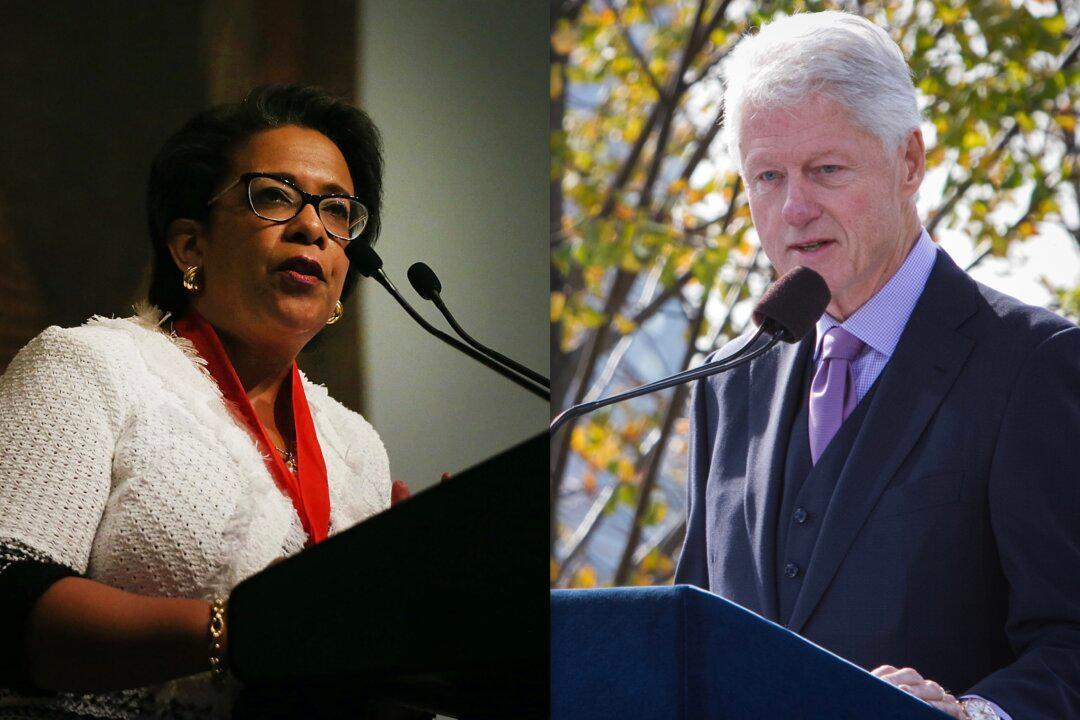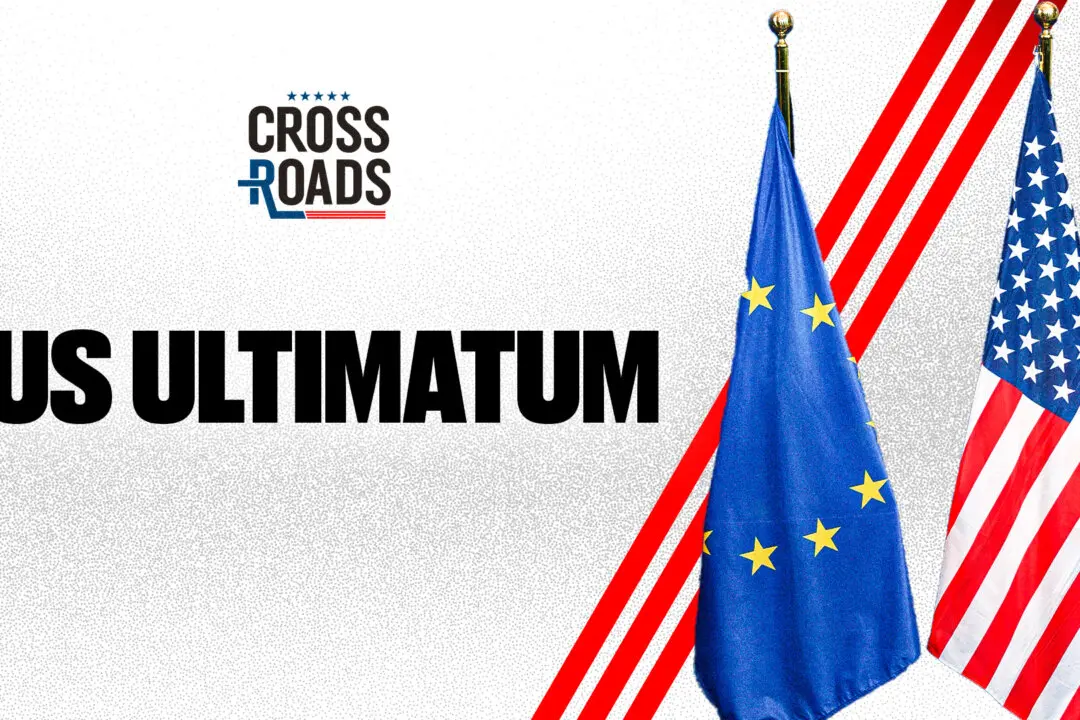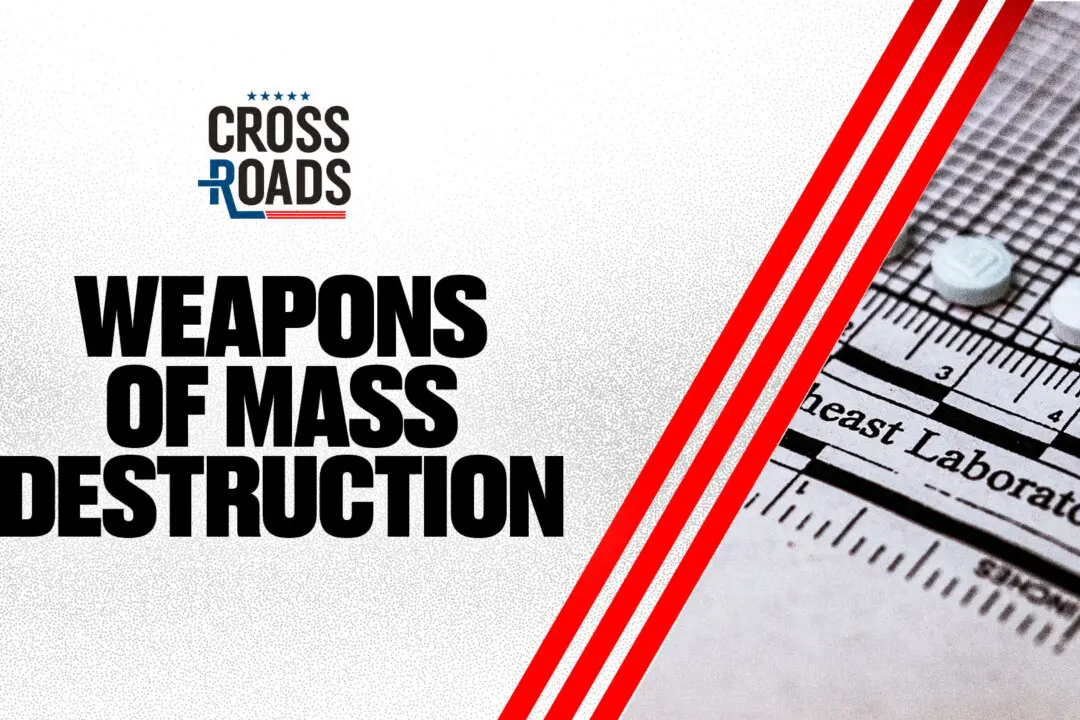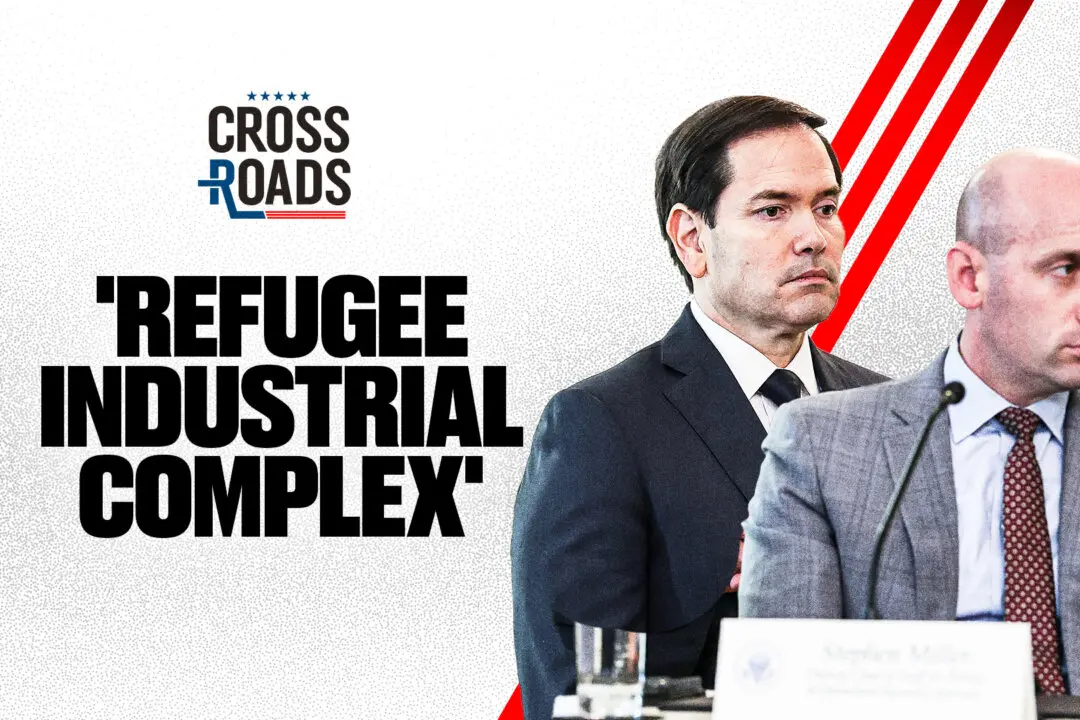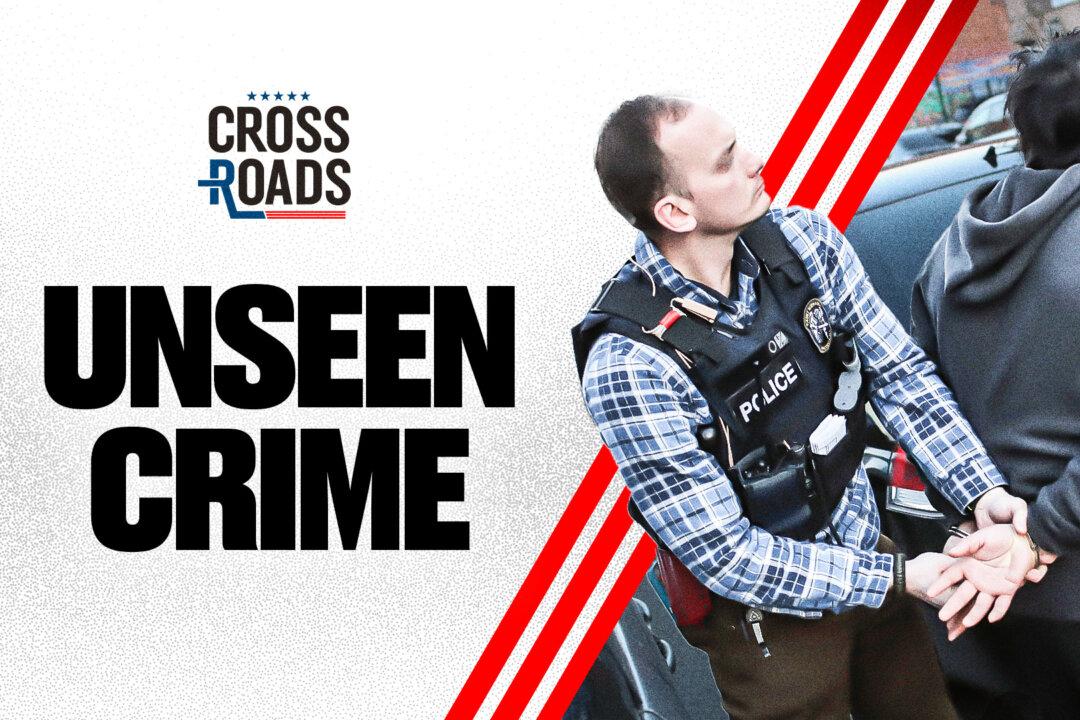The FBI tried covering up a secret meeting between former President Bill Clinton and former Attorney General Loretta Lynch on June 27, 2016, in Phoenix, Arizona. The meeting took place just six days before former FBI director James Comey cleared Hillary Clinton of charges in her email scandal.
During testimony in May, Comey said he believed the tarmac meeting undermined the Justice Department’s credibility on the Clinton email case; and Comey also revealed Lynch directed him to describe the investigation into Clinton as a “matter,” wording that aligned with the Clinton campaign’s framing.
